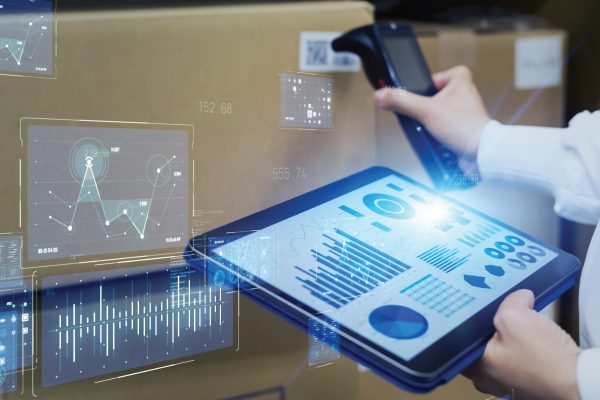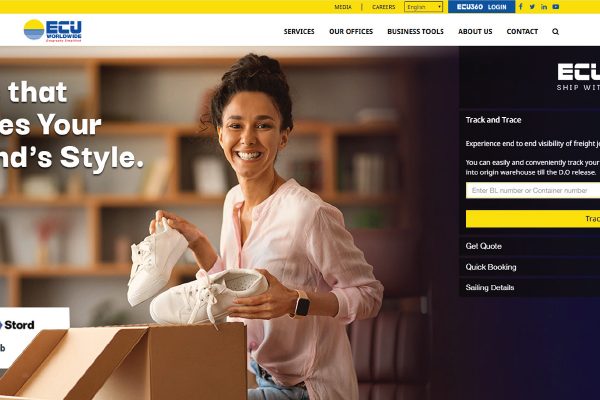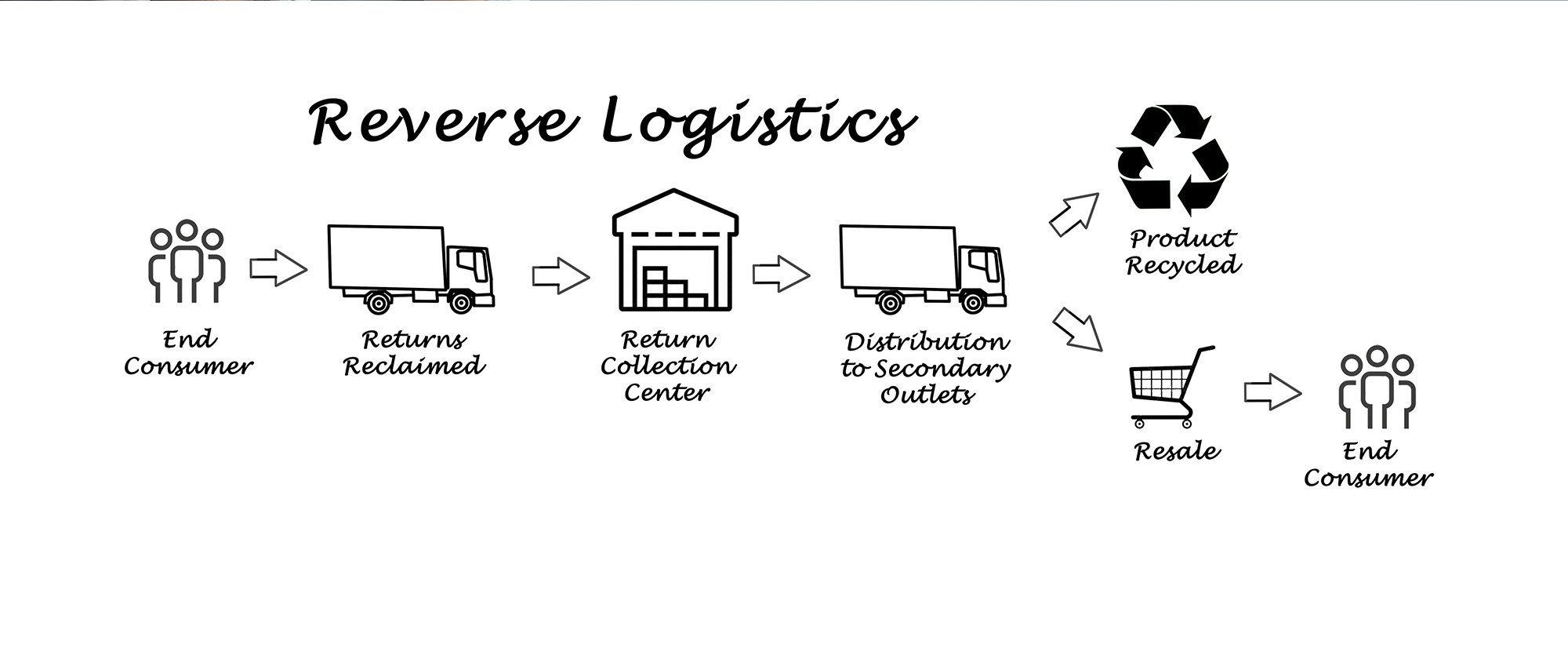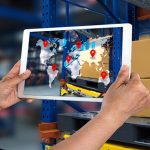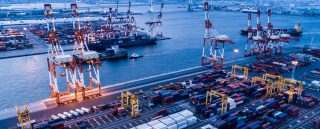Increasing number of online shoppers and flexible and customer-friendly return and replace policies of different e-tailers are increasing the demand for Reverse Logistics players. Here is how this costly looking process increases the credibility and profits of a company and keeps the environment green at the same time.
‘Goods once sold cannot be returned!’ I saw stickers with this message at almost every shop I visited as a child in my hometown, dominated by the business community. However, after some years, I started seeing companies and small vendors dropping their ‘No return policy’ and putting up their ‘Return policies’. This made me wonder, “Why would a person with strong business acumen go for something which can turn costly for the business?”
I was wrong, the move from the shopkeepers was to win the trust of the customer on the basis of quality of the product so the customer can return (visit again) to their shops, get his/her desired product, and return the faulty or unfit product. The shopkeeper could then refurbish it and sell it to a new customer (maybe with a discount). This move created a win-win situation for all the stakeholders.
Gradually, the process was streamlined and now it is called ‘Reverse Logistics’.
With the surge of e-commerce companies and an increasing habit of online shopping among Indians, Reverse Logistics has taken a new turn and has become an integral part of the supply chain. The Indian e-commerce industry is growing at an annual rate of 51% and it is expected to grow to USD 120 billion by 2020 and to USD 200 billion by 2026. This puts an increasing pressure on the country’s USD 160 billion logistics industry to catch up with the growth of one of its major ‘customers’.
The demand for Reverse Logistics will also increase considerably with the growth of the e-commerce sector due to increase in the average returned goods which, at the moment, stands somewhere between 12-18% from 65 million e-tail users.
Bigger players in the industry are now looking for logistics partners who can handle six stages of logistics, namely,
- Delivery
- Returns/Exchanges
- Reselling Returned Products
- Repairs
- Recycling
- Replacement
At this juncture, it becomes very crucial that companies know their products well and the logistics companies involved in Reverse Logistics move towards automating the process. Otherwise, the process can impact the bottom-line of a company, irrespective of its size and structure.
Increase in profits and excellence in the returns management process can be achieved by any company with a strong focus on Reverse Logistics. With a logistics team putting its thinking in reverse and the process automated at the industrial level, an effective Reverse Logistics operation can create a significant opportunity to recover returned goods and increase a company’s profit.
An effective Reverse Logistics operation also puts a returned product to its optimum use and makes sure the product or its components don’t end up in a landfill.
Making reverse logistics effective and greener
Though, Reverse Logistics takes care of just the inverted journey of the product, in order to maximise this process’ effectiveness, it is essential for companies to understand the product’s impact right from the manufacturing to the end of its life of use.
Companies need to know which components can and cannot be recovered and reused and document it into their product database so that this information can be used by the automated Reverse Logistics process to make the best decision for the products available in the ‘Returned’ category. This means the product designers will have to take a ‘destination to source’ approach for a product’s lifecycle instead of the current ‘source to destination’.
An effective Reverse Logistics process can make a huge change in the way e-waste is treated, especially in a country like India where consumers are ignorant towards the hazardous effects of e-waste on environment if not disposed properly.
In such a context, the Reverse Logistic processes of collection, recycling and reuse of Waste of Electronic and Electrical Equipment (WEEE or e-waste) plays a critical role for different reasons. For example, global telecom supplier Ericsson designs its products with a thought to reduce operating energy consumption; reduce product weight and volume; remove banned or restricted substances; and keep product disposal in mind throughout its product development process. This has made the company decrease the raw material footprint of its mobile switching centre products by 70 times over the past 10 years.
Transportation is another major part which cannot be ignored when talking about green Reverse Logistics. Making returned goods processes environment-friendly but ignoring reverse transportation concerns makes for a job done half-heartedly.
To make the reverse transportation effective, it needs to be faster first. “Timely processing and turnaround of returns directly affect transportation,” write supply chain consultants Wayne Burgess and Craig Stevens in a recent whitepaper, Reducing the Environmental Impact of Returns. The authors advocate a centralised returns process in order to decrease multiple shipments and location transfers.
“Shipping consolidated lots holds clear carbon footprint gains, which are closely matched by a decrease in fuel costs,” the whitepaper says.
This new wing of the logistics industry is already showing some good results to logistics players compared to freight forwarding. The Reverse Logistics market is also maturing into an organised sector. With other logistics players also planning to venture into this segment, the market size for Reverse Logistics stands at approximately USD 30 billion and is expected to reach USD 50 billion by 2020, growing at an annual rate of 10%.
Shailesh Shrivastava is the Managing Editor of 101Reporters and has an experience of over 13 years in the field of journalism.






